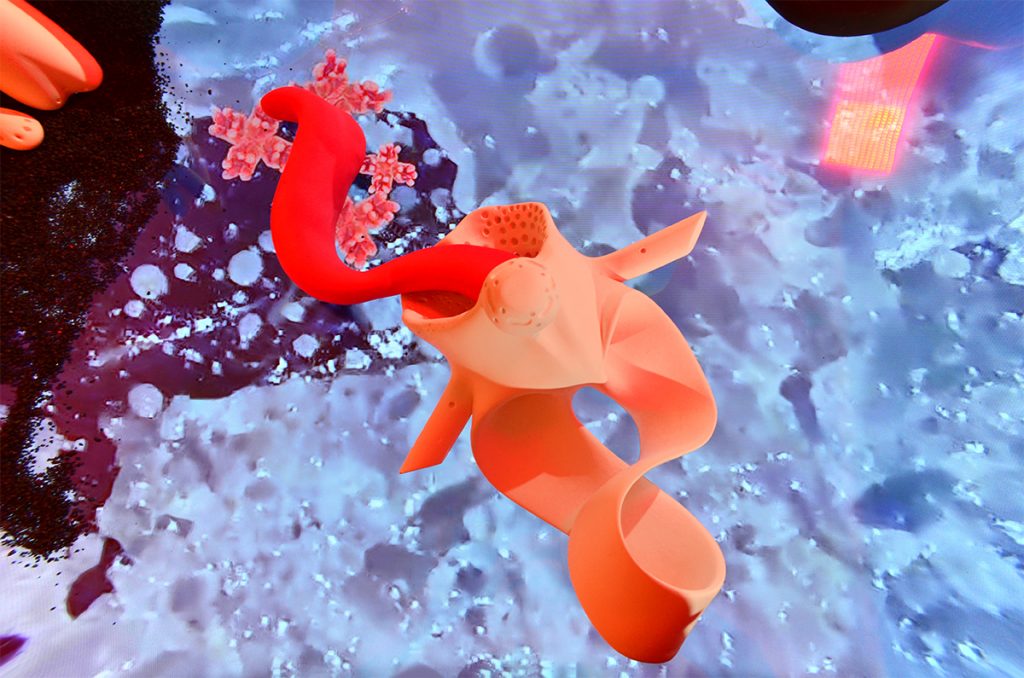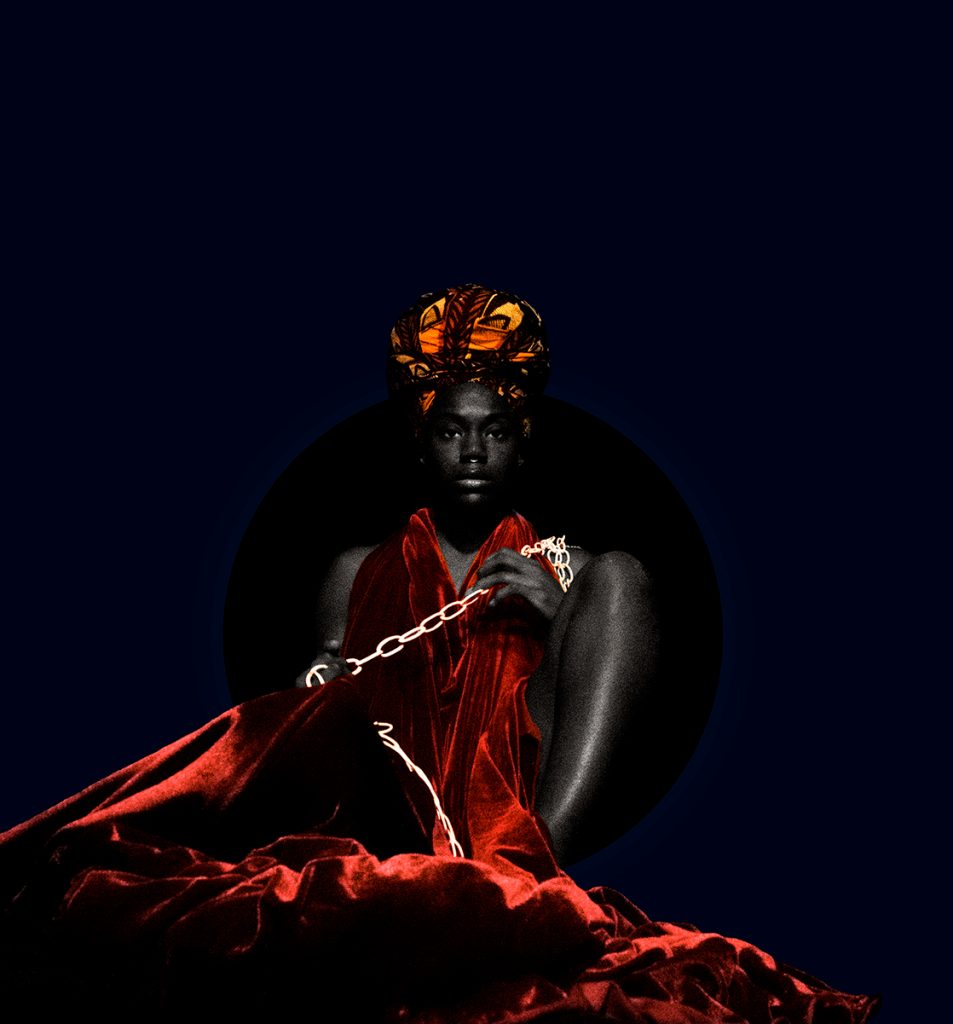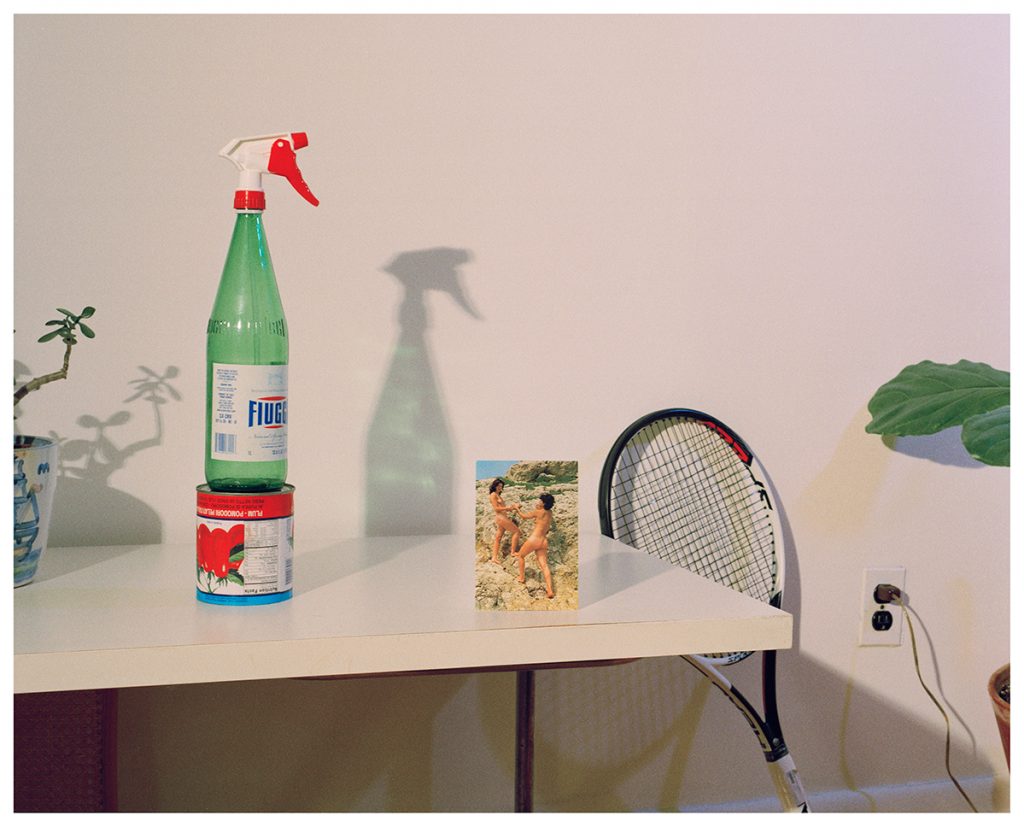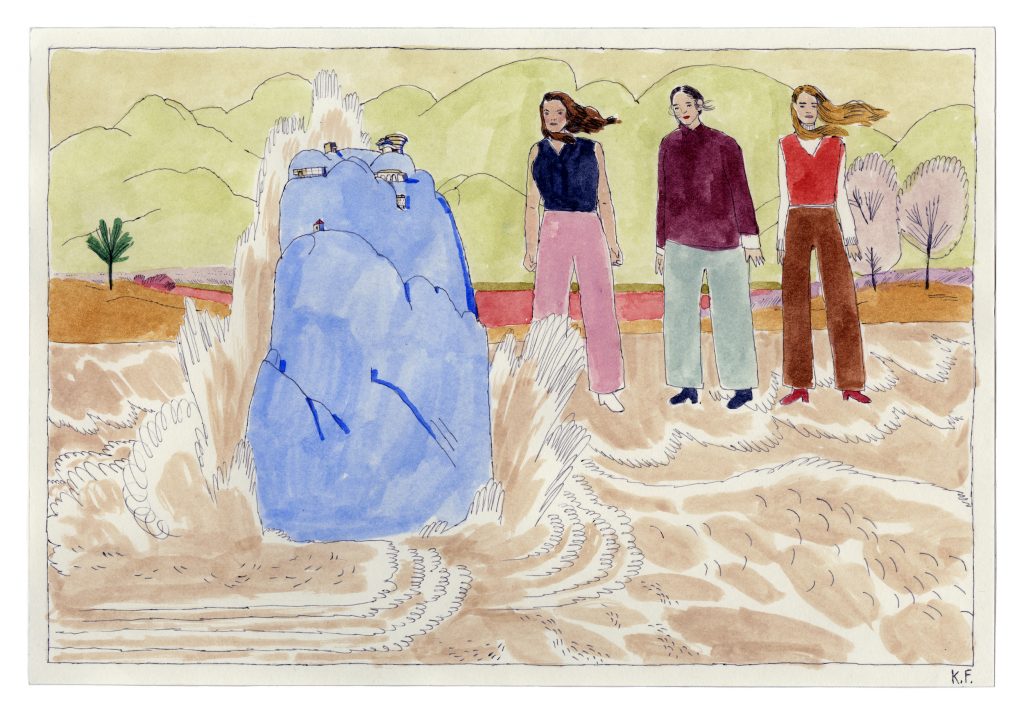While artist collaborations with businesses are nothing new, it’s rarely clear exactly how these arrangements come together. Enter the Honey Pump, a visual art agency that aims to help artists capitalize on business connections and draw new audiences through projects ranging from illustrating magazine spreads to launching ambitious outdoor art projects.
The Honey Pump was founded in 2018 by Armenian-American Suzy Poghosyan, who was working as Leo Villareal’s studio manager at the time. After seeing firsthand the role art administrators had in shaping artists’ careers, she launched the platform as a nomadic gallery space with a focus on emerging talent. Last year, the Honey Pump brought on two new partners, art administrators Fala Al Urfali and Alja Freier, who helped relaunch it with a new project-based focus. The trio recognized that the environment in which artists (or arts practitioners) are working in has changed and they saw an opportunity for an innovative business model to emerge that could ensure equity and sustainability for the future art world.
We checked in with the Honey Pump to learn more about their mission and what they’re most looking forward to in 2021.
Suzy, you founded the Honey Pump in 2018. What did you see as the role the company could play in the art world? What was its mission and how did you see it helping artists?
Suzy Poghosyan: For me, the Honey Pump started as a concept rather than a business idea: More art makes the world a better place.
Regardless of their business models (for-profit or non-profit), diverse stakeholders come together to form a global ecosystem around the visual arts. As a studio manager, I observed the complexities artists have to navigate to release their artwork into the world. I wanted to use the knowledge and experience I gathered in Leo’s studio to support emerging artists and arts practitioners in presenting their work to new audiences. Initially, I thought it could function as a nomadic gallery. Still, when the opportunity came along to produce “Dove City Motel” [an installation at the Satellite Art Fair in 2019] with Fala Al Urfali and Khabar Keslan, it became clear there were more dynamic ways to support artists.

Arpi Adamyan, Flying Fountain #1 from the “City of Dove Women” series (2019). Courtesy of the Honey Pump.
What does the name the Honey Pump mean?
Poghosyan: I was inspired by Joseph Beuys’s Honey Pump in the Workplace (1977)—an enormous installation that saw fat and honey pumped through an intricate network of tubes. Energized by Beuys’s notion of facilitating free-flowing cultural thought, I created The Honey Pump to explore such an undertaking.
Fala and Alja joined the Honey Pump last year. How has the company pivoted since then?
Alja Freier: The Honey Pump was founded in 2018 as a nomadic gallery but developed into an arts agency in 2020. Even before its new iteration, the Honey Pump always lived by the mission of encouraging artists to realize their power. We pair artists with institutions, art galleries, and collectors. We do this to grow artists’ careers, to globally expand their markets, and to find opportunities that can define their path in the arts industry. Our team’s approach uses visual storytelling strategies across various platforms to bridge the gap between artwork, artist, and audience.

Phenomena Lewis, Parallel (2020). Courtesy of the Honey Pump.
Can you describe the current mission in a few sentences?
The Honey Pump Team: As a visual arts agency, the team focuses on acting as connectors within the arts ecosystem. Our mission is to play the role of facilitator and agent. We emphasize community, equity, transparency, and sustainability throughout every phase of our initiatives.
What’s one recent project that’s excited you?
The Honey Pump Team: One of the initiatives we’re most proud of is our “The Experts” conversation series. We started this initiative in order to keep our fingers on the pulse of the art world and facilitate collaboration. The Honey Pump regularly engages in conversations with art world professionals who are challenging the status quo.
How do you find the artists you work with?
Fala Al Urfali: We brought in artists that we each believed in and we trusted one another’s vision. Therefore, the artists on our roster are distinct—different mediums, subject matters, career levels. For example, Alja chose artists who experiment with portraiture and try to push the limits of figurative imagery; Suzy chose artists whose work employs technology and time-based media; I chose artists who explore identity and community.

Fabrizio Amoroso, Untitled from the “Women” series (2019). Courtesy of the Honey Pump.
What revelations have the last year brought to the company?
The Honey Pump Team: We want to be courageous in building a sustainable business environment with “new thinking.” We embraced the disruption brought on by 2020 by challenging ourselves to think collaboratively rather than focusing on competition.
What are you looking forward to for this year?
The Honey Pump Team: We’re looking forward to working with ACOMPI, a New York City-based global curatorial project founded by Constanza Valenzuela and Jack Radley. Together we are teaming up to support artist Thomas Ray Willis in realizing a temporary public art installation featuring his playful LED sculptures. The project, We Did Start the Fire, calls upon the local and national community to submit iconographic images in response to the question “What are you working towards?” Willis will then turn the crowdsourced images into a dynamic installation aimed at providing a transcendent space for sharing and connecting.
If you each had to choose one word to describe the goals of Honey Pump, what would that word be?
Freier: Disruption.
Poghosyan: Community.
Al Urfali: Collaboration.
Follow Artnet News on Facebook:
Want to stay ahead of the art world? Subscribe to our newsletter to get the breaking news, eye-opening interviews, and incisive critical takes that drive the conversation forward.









